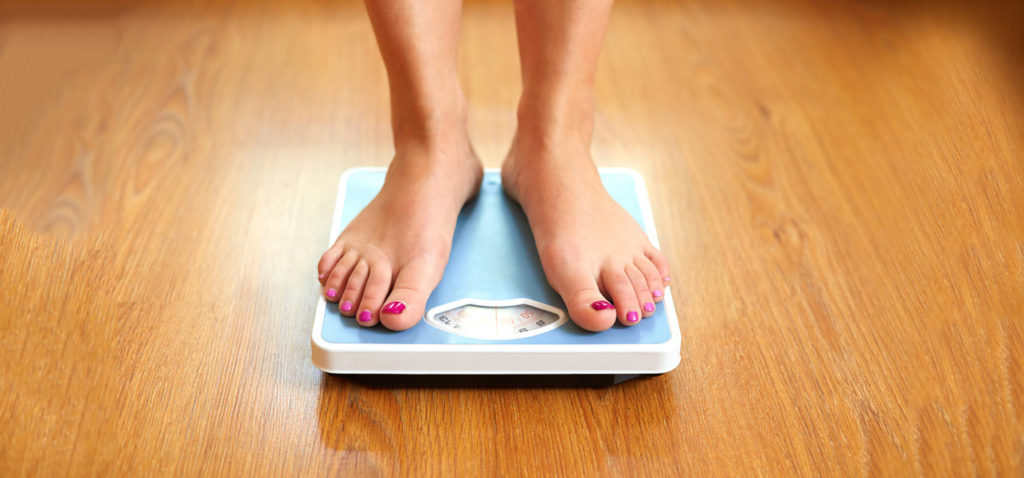It has been postulated for years that weight loss or weight gain is simply calories in and calories out. A surplus of calories will allow for weight gain and a deficit for weight loss.
The more research that is done on the obesity epidemic, the more we are beginning to realize that it is not this simple. As a clinician, I can personally attest to this. The stereotype that people with increased body weight spend too much time sitting, and in the drive thru line up still remains. In most cases this statement could not be farther from the truth. Of course there are those that don’t make the best lifestyle choices. However there are also a great amount of patients that I deal with day in and day out eat very clean and move a lot and still struggle to lose weight.
Why?
There are many theories of obesity…genetics, an imbalanced microbiome, toxins in the environment called obesogens, weight gain in childhood, and hormones.
One thing that most people agree on is the concept of a set weight. Your body weight is tightly regulated through the biological principle called homeostasis. Most people’s weight remains relatively stable. Some people will argue me on this statement and say, oh no it doesnt…mine comes in so quickly. But the reality is more people will only gain 1-2lbs at a time it is just that we usually never take this back off. There can be a gradual upward reset of a set weight over time.
The key to weight loss is understanding set weight, and understanding the hormones and mechanisms that go into lowering it.
When our thermostat is set too high, the most common response is to turn the thermostat down. When we talk about weight, the way that most people want to turn the thermostat down is by restricting calories. By doing this people will temporarily lose weight, but as soon as they weight gets too low the thermostat kicks in and tries to raise that weight back to it’s set point.
Anyone that has been on a calorically restrictive diet will be able to tell you the symptoms. Your body starts to get hungry and increase cravings. Hormonally speaking the body is trying to regain the weight it has lost by stimulating the appetite hormone ghrelin and suppressing the satiety hormones peptide YY and cholecystokinin. The body will also reduce energy expenditure (calories burned) which usually results in the patient feeling very cold and tired.
When I consult with my weight loss patients, I ask these questions…
- Are you hungry or do you have cravings
- Are you cold
- Are you (more) tired than before you started the program
If the patient answered yes to any of the above questions, I know that we are not properly supporting their metabolism, and eventually their thermostat is going to kick in and bring them back to their set weight. Even if these patients are losing weight, their program is always changed to make sure that we are getting weight loss and wellness at the same time.
The next question is…What resets the thermostat?
I believe the answer to this question is hormonal balance. For most patients it is insulin, but it could also be other hormones like cortisol, inflammation, thyroid or sex hormones. The majority of the time it is what I like to call a “hormonal soup”, a complex interplay between a number of different hormones.
The take home from this blog is that there is no magic pill or quick fix. Optimal wellness is not achieved by restricting your calories to drop weight quickly. If your lifestyle plan is properly supported you should not feel cold, tired or hungry. You should feel like your plan is giving you results but is also sustainable, enjoyable and most importantly improving other aspects of your health!


Water is the best source that helps in managing your weight loss; drinking it with lemon early morning with empty stomach proves to be helpful.